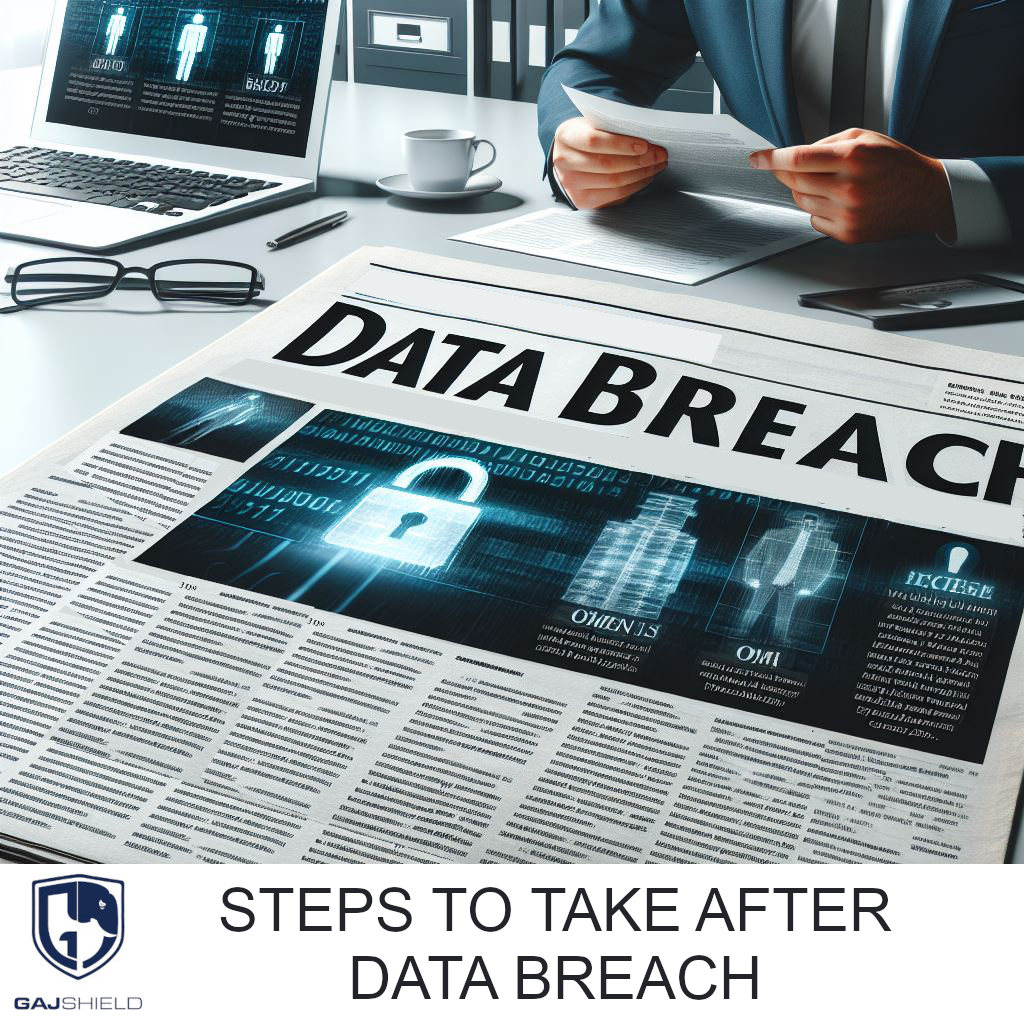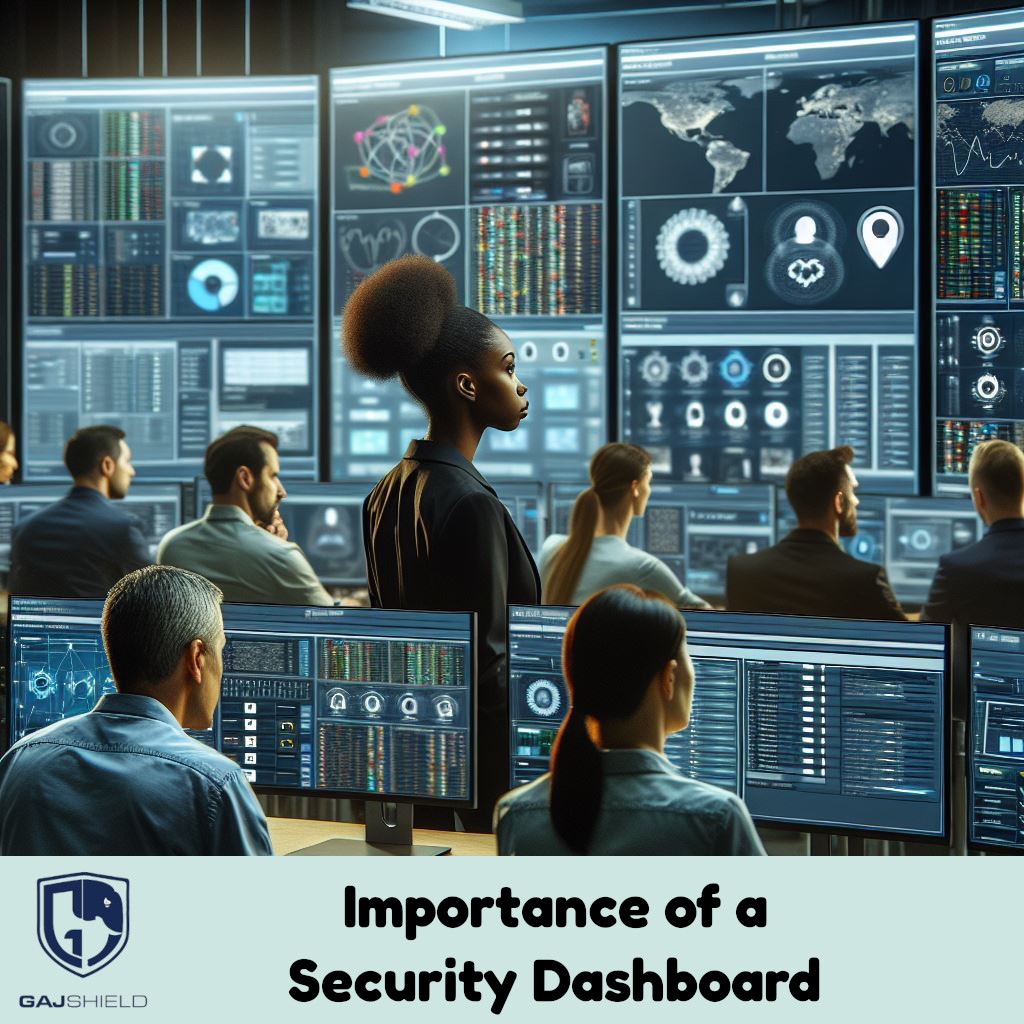
Microsoft Office Sensitivity labels are a way to classify and protect sensitive data. They help manage and secure information by marking it with labels that indicate its sensitivity level. With this advanced feature in the GajShield firewall, you can configure policies to allow, monitor, or block documents based on their assigned sensitivity labels. By leveraging sensitivity labels, organisations can enforce precise control over sensitive information, ensuring it is safeguarded against unauthorised access and misuse. This robust functionality empowers users to enhance data security, maintain regulatory compliance, and prevent data breaches effectively

The holiday season is a time of joy, celebration, and generosity. Unfortunately, it's also a time when cybercriminals ramp up their efforts to exploit unsuspecting individuals. With online shopping, e-cards, and digital communication at an all-time high during Christmas, it's essential to stay vigilant against phishing scams and malware attacks.

Discovering that your personal information has been breached by a company can be an unsettling and overwhelming experience, leaving you feeling vulnerable and uncertain about what steps to take next. Data breaches have the potential to expose a wide range of sensitive information, such as your full name, address, Social Security number, financial account details, login credentials, or even highly confidential medical records. This exposed data can easily become a target for cybercriminals, leading to serious consequences like identity theft, financial fraud, or unauthorised use of your personal accounts.

In today’s digital age, organisations face an ever-evolving landscape of cyber threats. With the growing complexity of IT infrastructures, it has become critical for businesses to have a centralized view of their security posture. This is where a security dashboard comes into play.
A security dashboard is a centralized interface that provides a real-time overview of an organisation’s security operations. It consolidates key metrics, alerts, and insights into a single platform, enabling security teams to monitor, analyze, and respond to threats effectively.
Get In Touch With Us
Subscribe to our Newsletter
2025 © GajShield Infotech (I) Pvt. Ltd. All rights reserved.
